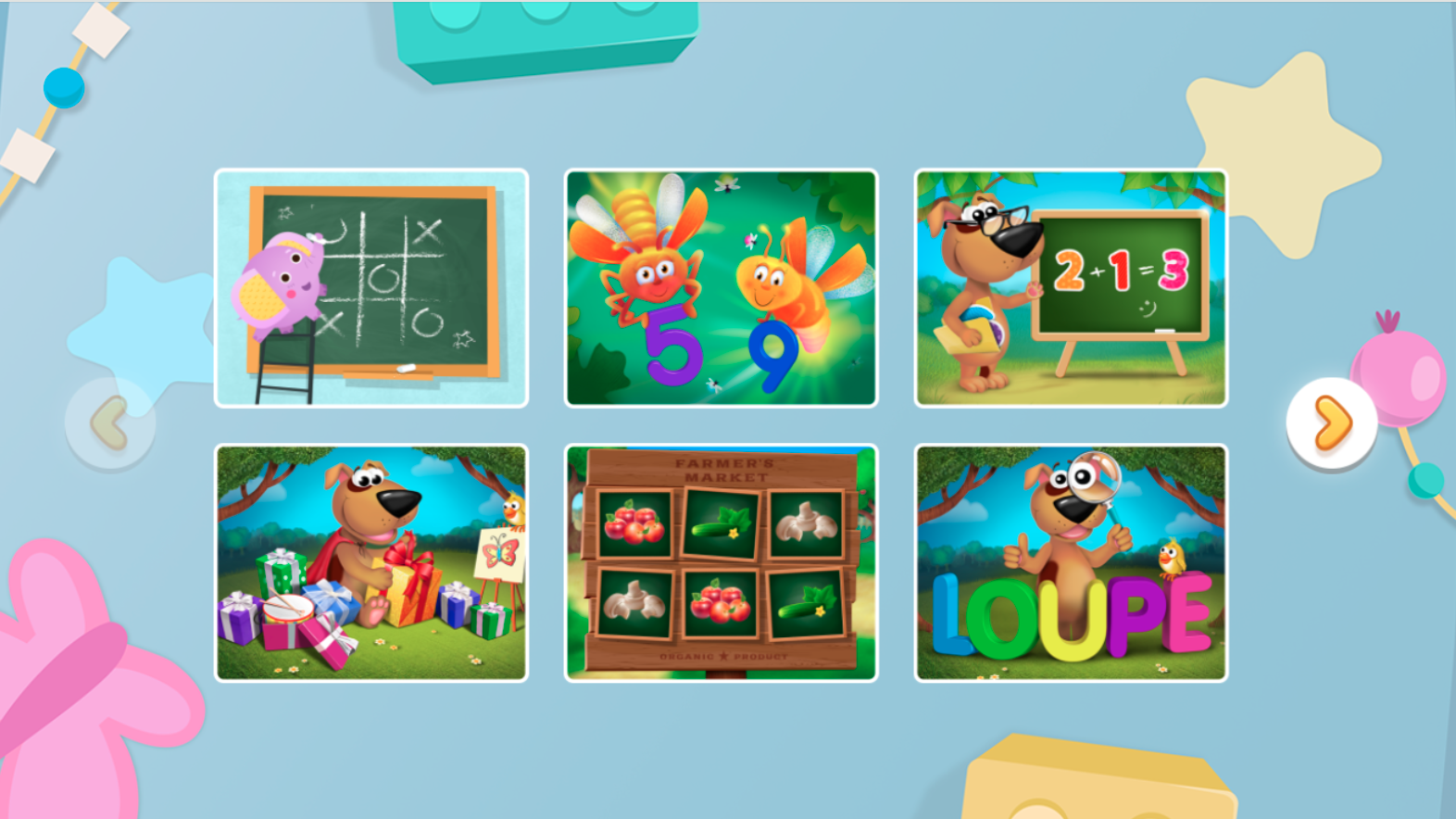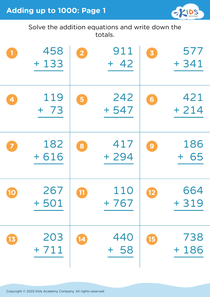Animal identification Numbers Worksheets for 6-Year-Olds
4 filtered results
-
From - To
Explore our Animal Identification Numbers Worksheets for 6-year-olds! Designed to combine fun with learning, these engaging worksheets help kids recognize, write, and count numbers through the use of adorable animal illustrations. Perfect for building foundational math skills, each worksheet includes various activities that encourage children to identify numbers and associate them with cute animals. Enhance their counting abilities and number awareness in a playful, interactive way. Ideal for home or classroom use, our printable worksheets make learning math an enjoyable adventure. Boost your child's confidence in numbers with these delightful animal-themed activities today!
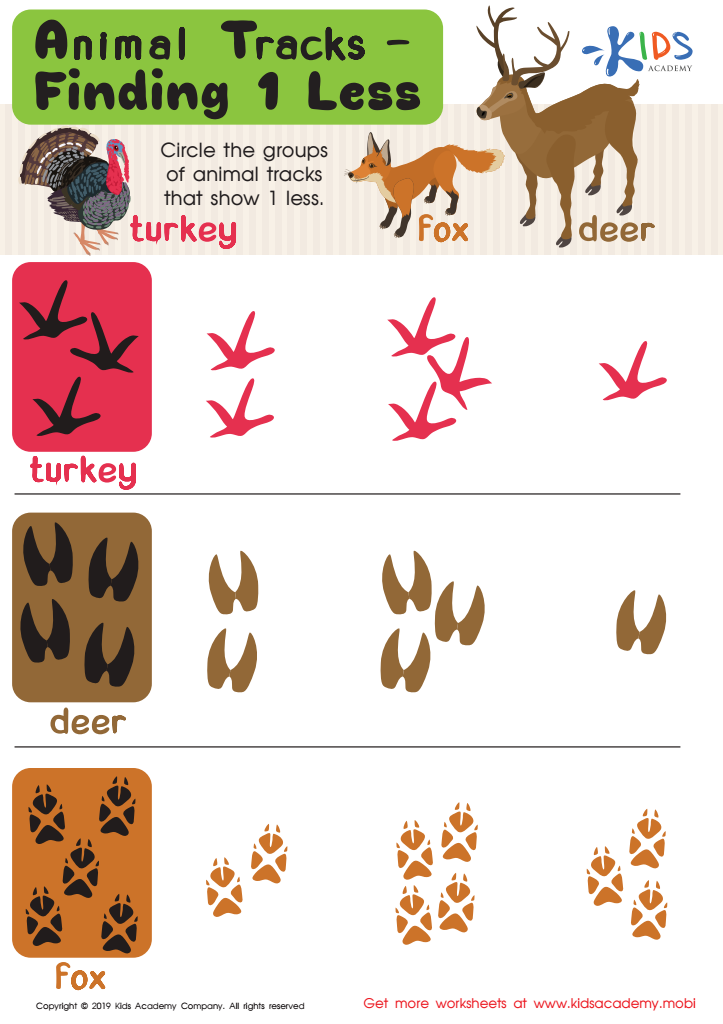

Animal Tracks: Find 1 Less Worksheet
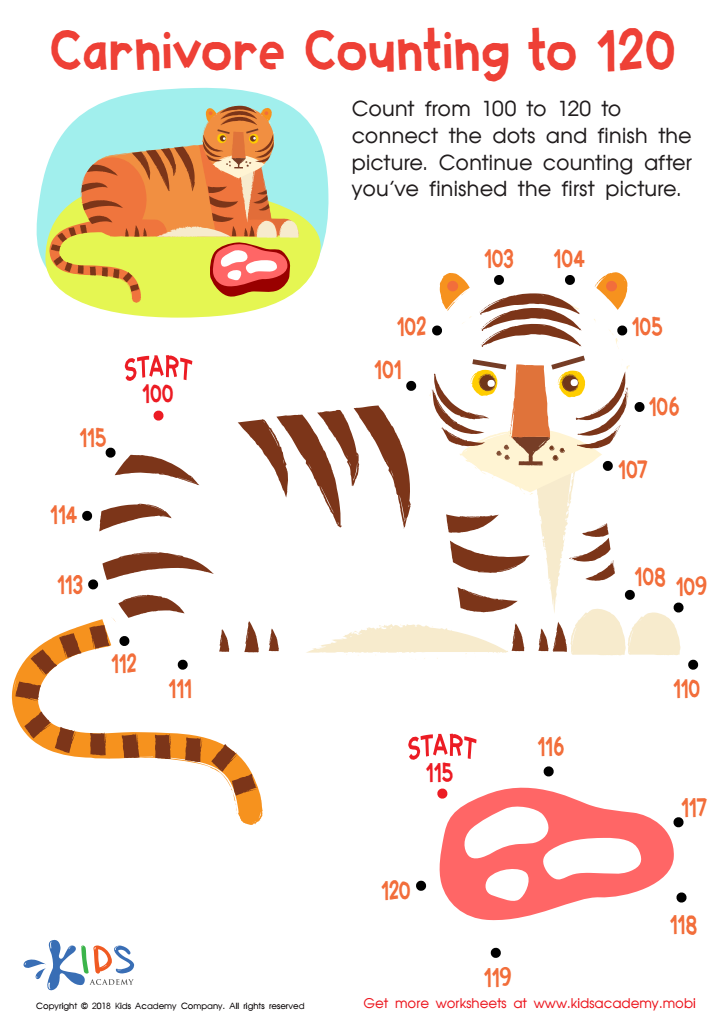

Carnivore Counting to 120 Worksheet
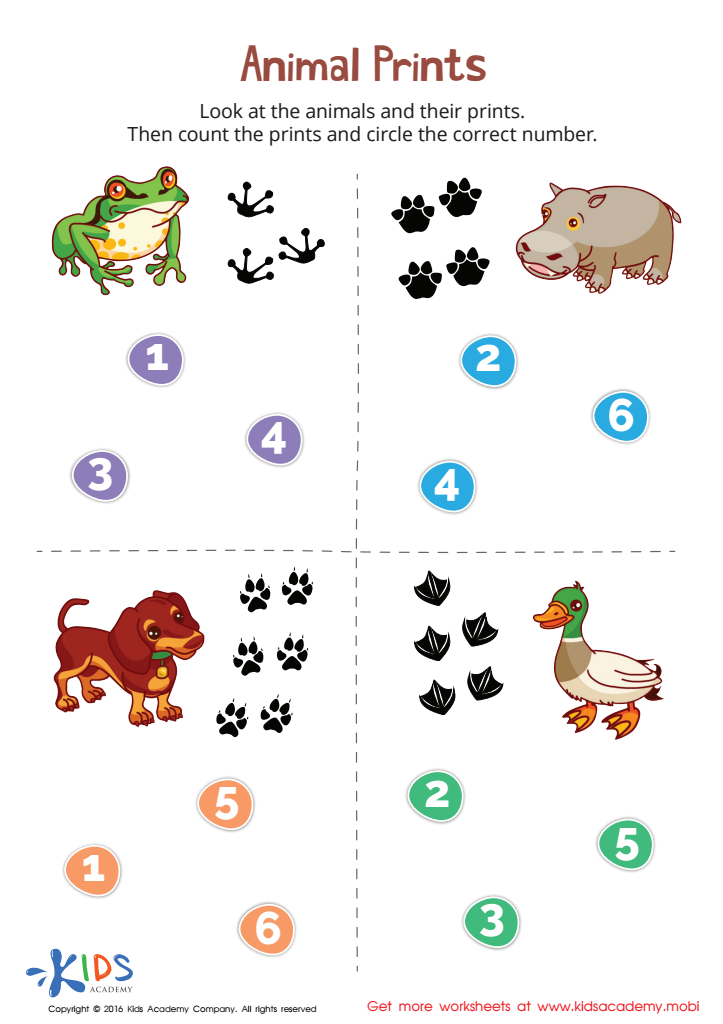

Animal Prints Match-Up Worksheet
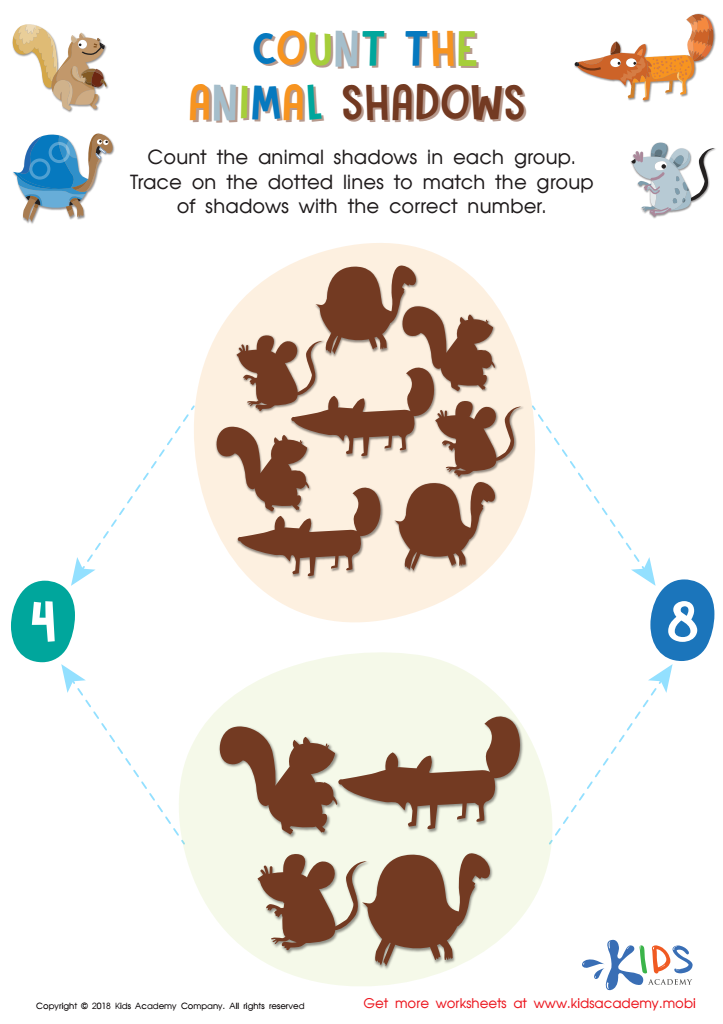

Count the Animal Shadows Worksheet
Teaching 6-year-olds about Animal Identification Numbers (AINs) might seem advanced, but it has distinct benefits for young learners. First, it builds a foundation for scientific thinking at an early age. Learning about AINs can help children understand that different species of animals are organized and tracked systematically, fostering an appreciation for order and classification in the natural world.
Second, understanding AINs promotes curiosity and respect for biodiversity. By recognizing that every animal can be uniquely identified, children learn about the importance of preserving various species, laying groundwork for future environmental stewardship. It encourages them to ask questions and develop research skills.
Third, introducing AINs involves basic numeracy skills, supporting mathematical learning. Recognizing numerical sequences and their significance can elevate a child’s comfort and familiarity with numbers in real-world contexts. This interdisciplinary approach enriches a child’s educational experience by connecting math, science, and nature.
Additionally, discussing AINs can be a parent-child bonding activity, providing quality educational interactions outside the classroom. It fosters a shared interest in the natural world, enriching the child's knowledge through engaging and purposeful learning with supportive adults.
In summary, parents and teachers should care about AINs as they cultivate curiosity, environmental awareness, scientific inquiry, and numeracy skills in 6-year-olds, equipping them with critical thinking tools for the future.
 Assign to My Students
Assign to My Students









